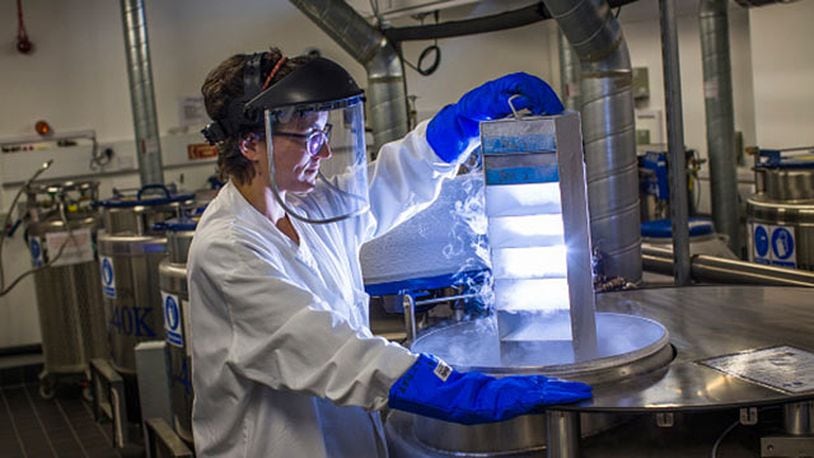- Two K-9s found dead in Florida officer's SUV after being left overnight
- Firefighters too big, but 6-year-old fits down drain to rescue kitten
- Body cam shows cops forcing pregnant black woman to ground on her belly
- Baltimore cops hugged, not cuffed, when booked on murder charges
- Vanya Shivashankar and Gokul Venkatachalam tie for the win at National Spelling Bee
One doctor said she tested negative for cancer before a hysterectomy, but months later doctors found a rare form.
“No point in time did anyone ever say, ‘Well you know because you had it morcellated, that worsens your prognosis.’ That's something we discovered on our own,” patient Dr. Amy Reed said.
The FBI is now investigating what Johnson & Johnson -- the largest manufacturer of the device -- knew before it yanked the tool off the market last year.
The FBI investigation comes after the FDA warned doctors should not use the device on most women.
Many hospitals across the country said they have stopped or cut back on using it.
Here are five things to know about Morecellators:
1. What is it?
It’s a medical device used in the treatment of women diagnosed with symptomatic fibroids. While fibroids are benign growths, they can cause symptoms that include heavy uterine bleeding, pelvic pain and infertility in many women. In these cases, fibroids may be treated with a surgical procedure called myomectomy, which removes the fibroid masses from the uterus, or hysterectomy, a procedure that removes the entire uterus.
2. How many are performed?
About 60,000 of these procedures are performed every year, estimated Dr. William Maisel, deputy director for science and chief scientist at the FDA's Center for Devices and Radiological Health.
3. When did doctors start using them?
The FDA approved the first power morcellator for use in 1995, Maisel said. A non-power version of the morcellator received FDA approval in 1991.
4. When did they recognize the risks?
The medical community has been aware of the risk of cancer spread during power morcellation since the device came onto the market, but "the magnitude of the risk appears to be higher than what was appreciated in the clinical community," Maisel said.
5. How many cases?
The FDA estimates that about one in 350 women undergoing a hysterectomy or fibroid removal has an unsuspected type of cancer called uterine sarcoma.
(Info provided by WebMD)
